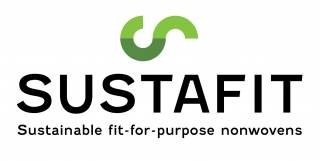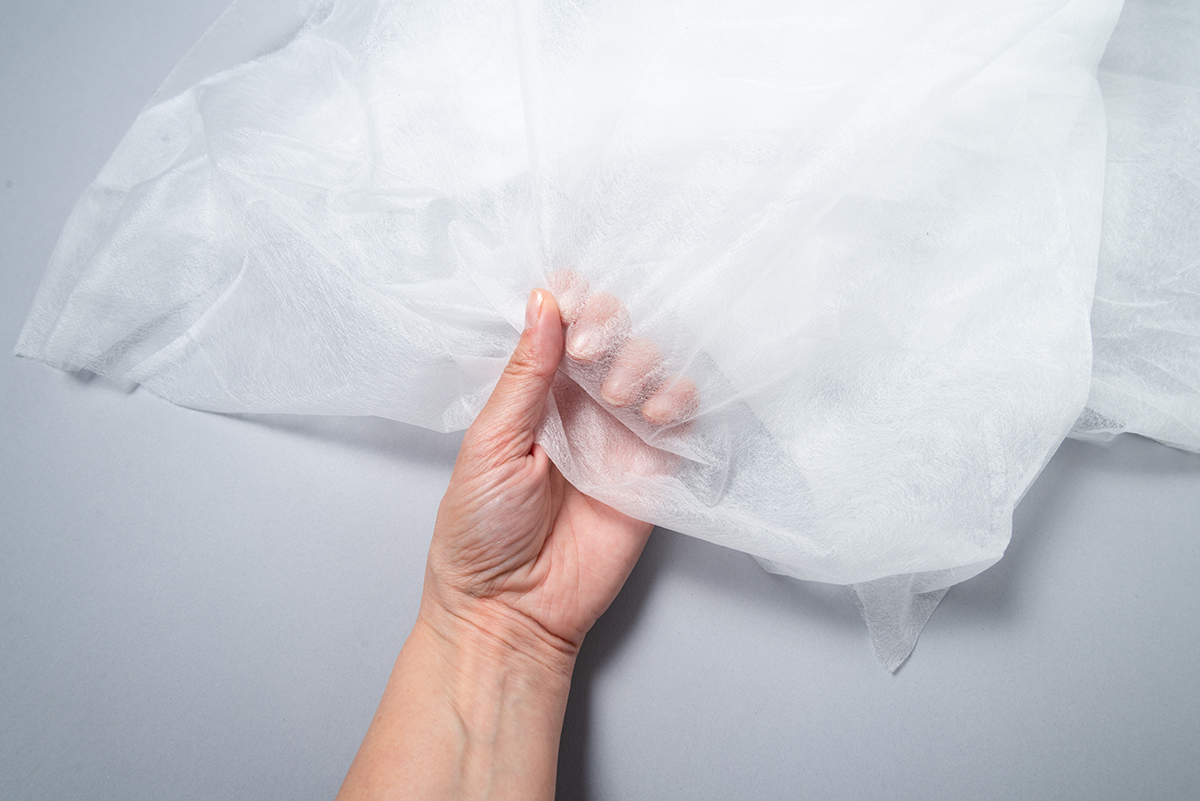The Master Thesis is published at Theseus, open repository of the universities of applied sciences.
“The necessity to transform the existing economic approach, impacting the environment, became clear even for sceptics. As most technologies and productions remain linear with the take-make-waste model, the economic actors seek to adopt new circular practices incorporating nature into the equation. To address the gap in understanding the real burden that daily consumption patterns bring to the ecosystems, and provide decision-makers with the essential guidelines for improvement in products and services, the Life Cycle Assessment (LCA) method is likely the most valuable scientific-based tool available.
The objective of the study was to assess the environmental impacts of nonwoven textile materials used to produce single-use consumer wipes manufactured with two distinct raw materials and methods – polypropylene granulate with spunbound technology based upon the plastic extrusion process (system A) and cellulosic wood fibers using the wetlaying technology resembling papermaking process (system B). The study was conducted in SimaPro LCA software using a methodology compliant with ISO 14040/44 Standards. The subsequent comparison of these product systems was performed to uncover the most affected impact categories and reveal environmental hotspots and areas for improvement.
The LCA results show that the most affected environmental impact categories for both product systems in descending order were Human carcinogenic toxicity, Freshwater ecotoxicity, Marine ecotoxicity, Freshwater eutrophication, Fossil resource scarcity and Ionizing radiation, with a cumulative contribution of over 90 per cent of the total impacts. The environmental hotspots refer to different life cycle phases: the main contributors to the impacts in system A are the raw material production and conversion stages, whereas the main contributor in system B is the core nonwoven manufacturing stage. For both product systems, at least half of the total impact was attributed to the human carcinogenic toxicity category and directly linked to energy production. The improvement in this area of the supply chain of both systems would significantly enhance the overall sustainability of the products. It was concluded that further expansion of the scope of the study to include omitted stages of the life cycle would add to the holistic comprehension of the environmental impact of nonwovens. The study also revealed for the broader implementation of the LCA method, the most significant limitation was data availability issues.”
Text: Aleksandr Nagornyi
Photo: Adobe Stock



